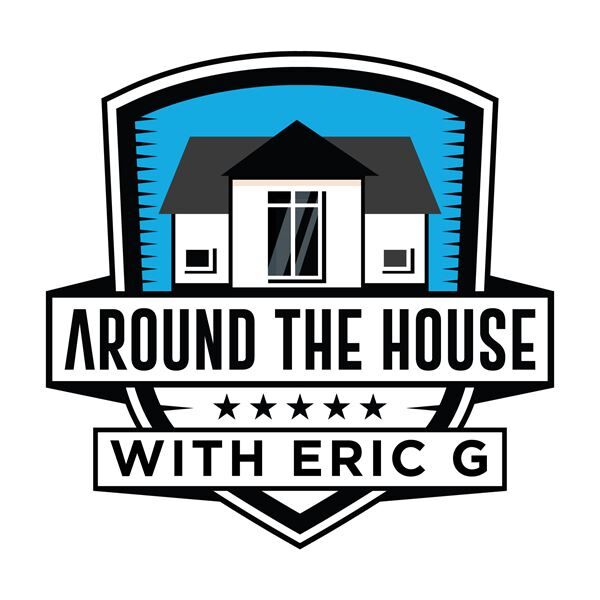Soviet soldiers and chunks of the Wall: NFL's first visit to Berlin came as the Cold War ended
News > Sports News

Audio By Carbonatix
12:40 AM on Tuesday, November 4
By JAMES ELLINGWORTH
DUESSELDORF, Germany (AP) — When he saw a group of Soviet soldiers on the street in East Berlin, Los Angeles Rams offensive lineman Irv Pankey had an idea.
He wanted a fur hat, and offered an NFL-branded cap in return.
"The guy, he was cool about that, and the rest of it is history,” Pankey said.
Pankey has still got the hat and chunks of the Berlin Wall that are “all dust now,” he told The Associated Press ahead of the NFL's first regular-season game in Berlin next Sunday.
Pankey was there in 1990 for a preseason game between his Rams and the Kansas City Chiefs toward the end of the Cold War that remains one of the strangest and most significant exhibition games in league history.
It was the NFL’s first game of any sort in continental Europe and a notable success for Roger Goodell, who was then only 31 and years from becoming NFL commissioner. Today, NFL games are among Germany’s most-watched sporting events and German-born players are no longer a rarity on U.S. college and league rosters.
By the time the Rams and Chiefs arrived in West Berlin in August 1990, it had been nine months since the Berlin Wall fell. East Germany’s first free elections had paved the way for reunification, which took effect two months after the game.
On the streets of Berlin, the divisions between East and West were blurring. NFL players poked their heads through a hole in the wall and mingled with locals and soldiers from the U.S., British and Soviet militaries during their stay. Pankey was recognized on the street by a friend from his old college dorm, now in the military.
“It was cool to go play there, be the first two teams to go do that, there was a lot of excitement around it,” he said. “Just walking around there, it was vibrant.”
There was more history at the Olympic Stadium, the venue where Jesse Owens won four gold medals at the Nazi-hosted 1936 Olympics. TV crews ran camera cables through a box once reserved for Adolf Hitler.
The crowd included American military members, curious locals and East Germany’s biggest sports star — two-time Olympic gold medalist figure skater Katarina Witt.
The on-field action was less memorable. The AP’s writer at the game called the Rams’ 19-3 win “sloppy” and questioned whether the NFL should have stayed home.
The young Goodell arranged the 1990 Berlin game while serving as NFL director of international development. The “fantastic” German fans left a lasting impression, he recalled at a meeting with fans in Munich last year.
“The wall had just come down in Berlin, and so I went there the week after that happened, and the next summer we played the Rams and the Chiefs in Berlin at Olympic Stadium," Goodell said. “It was one of my favorite events."
The NFL had big international plans in 1990, when the first regular-season game outside of the U.S. was still 15 years away. They turned out differently.
In Berlin, then-Commissioner Paul Tagliabue was talking up “realistic” plans for franchises in England and Canada by 2000 and a 1991 preseason game in the Soviet Union. One holdup? Finding Soviet hotels which could feed dozens of players with NFL-size appetites.
It never happened, and by the end of 1991, the Soviet Union was no more.
Instead of Berlin, the league had planned to play in Frankfurt, where nearby U.S. military bases would guarantee a sellout. The NFL switched to Berlin as “a way of celebrating the freedom that came to Central Europe in the last year,” Tagliabue told the Los Angeles Times.
Tagliabue had a personal connection to the wave of pro-democracy protests. His brother John, a journalist with the New York Times, was shot and wounded while reporting in Romania a year before as revolutionaries clashed with regime hardliners.
It took time for the league to work out its strategy in Europe. The NFL held annual preseason games in Berlin through 1994 before switching focus to a developmental league, NFL Europe, which folded in 2007.
When the NFL finally did hold a regular-season game in Germany in 2022, Tom Brady got a raucous reception in Munich. The league has been back each year since, and its international schedule has continued to grow. The Indianapolis Colts and Atlanta Falcons will be playing one of a record seven international games on the NFL schedule this year when they meet Sunday.
Germany’s love of football began with U.S. military bases but spread from there. By 1990, the local amateur football scene was established enough for Berlin players to join the Rams and Chiefs for a clinic.
Claudius Ladewig, wearing the Philadelphia Eagles-themed helmet of the West German champion team Berlin Adler, was there taking lessons from Rams cornerback Jerry Gray, now the assistant head coach with the Falcons.
Ladewig and his teammates knew the basics but appreciated picking up the “fine points” of the game from Gray and other NFL players. The game at the Olympic Stadium was a big inspiration, too.
"I think there were already a lot of people in Berlin who liked football but had obviously never seen an NFL game live,” Ladewig told the AP. “It was impossible for us to afford flying to the States to see an NFL game and that made this something very special.”
Berlin had a keen amateur football scene that had its origins with the U.S. military but was by then already growing organically as a German sport. The German league even had a cap on the number of American players on each roster to stop U.S. expats from taking over.
In the decades since, Germany has become a thriving market for the NFL and a source of playing talent for the league and U.S. colleges.
The NFL played its last preseason game in Berlin in 1994. It’s been a long wait since for Ladewig and his fellow football fans in the city.
"I thought it was a bit of a shame,” said Ladewig, “to let Berlin sleep for so long.”
___
AP NFL: https://apnews.com/hub/NFL









